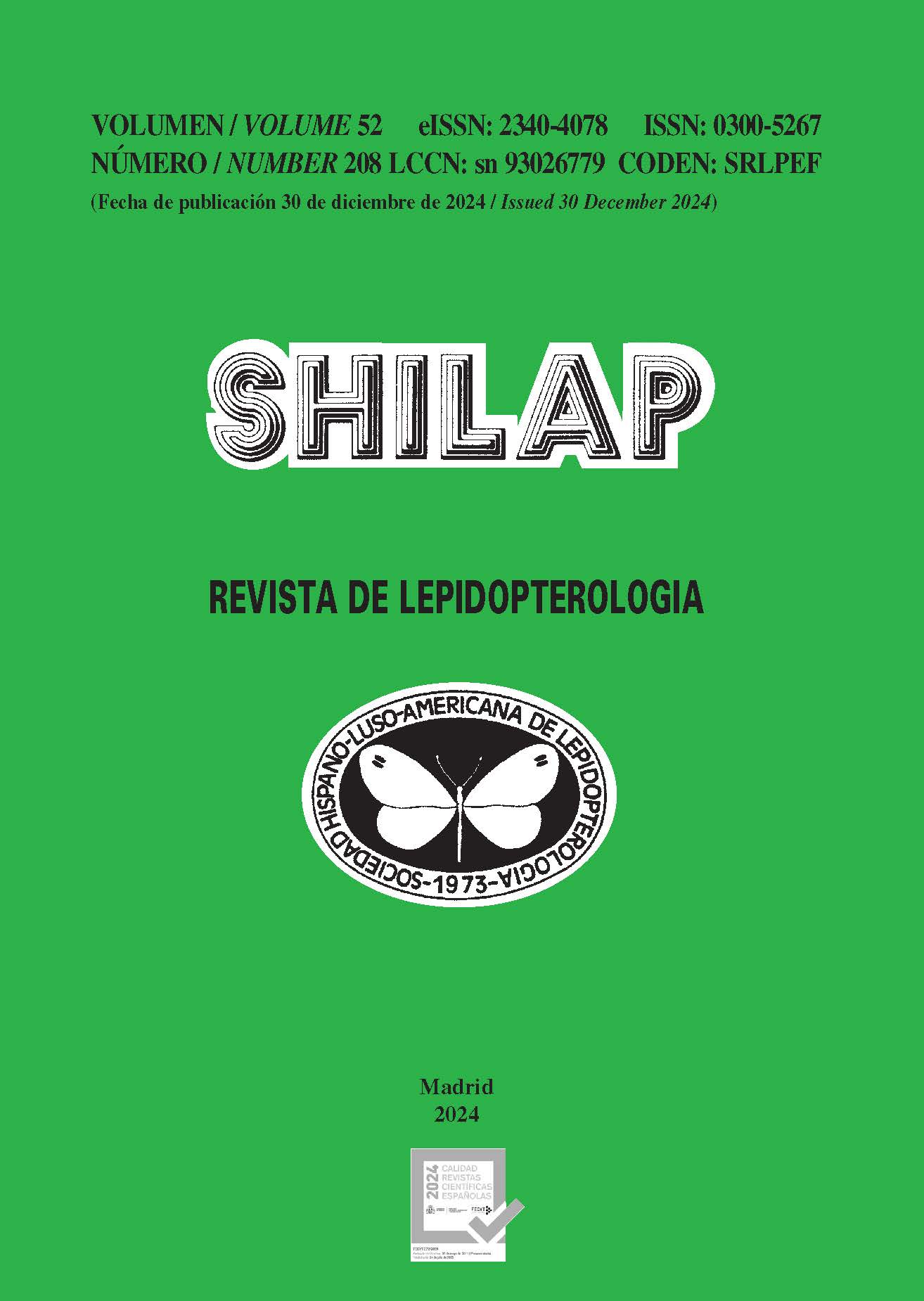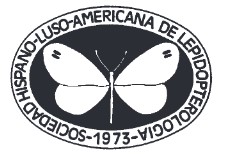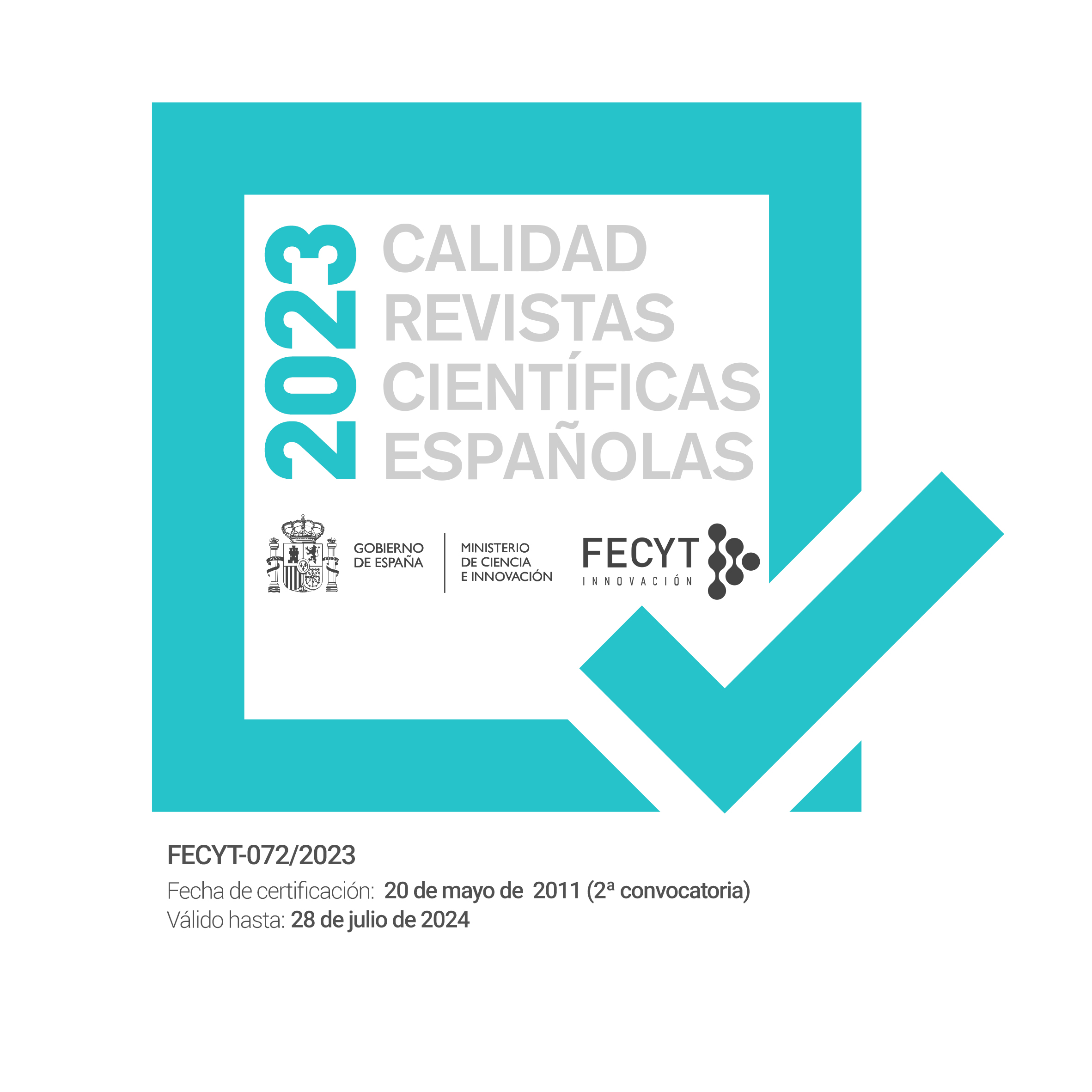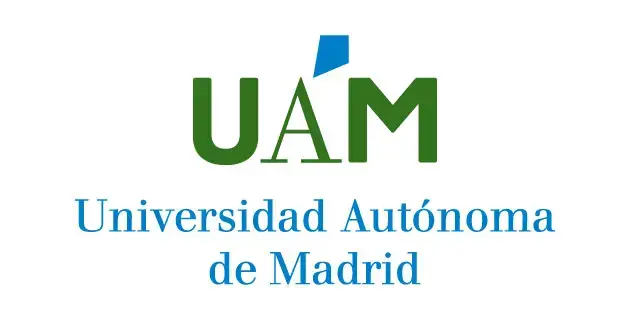Imma phuocbuu Buchsbaum, Chi & Chen, sp. nov. from south Vietnam (Lepidoptera: Immidae)
DOI:
https://doi.org/10.57065/shilap.1016Parole chiave:
Lepidoptera, Immidae, Imma phuocbuu, new species, distribution, biotope, taxonomy, VietnamAbstract
During a faunal survey of Lepidoptera in 2023, Imma phuocbuu Buchsbaum, Chi & Chen, sp. nov. was discovered and represents the first record of the genus in Vietnam. A single male specimen was collected from a transitional biotype between mangrove and semi-deciduous dry lowland forest habitats near the coast. The new species is distinguished from Imma transversella (Snellen, 1878), I. semicitra Meyrick, 1937 and I. semiclara Meyrick, 1929 by differences in wing pattern and genitalia morphology.
Downloads
Statistiche globali ℹ️
|
447
Visualizzazioni
|
127
Download
|
|
574
Totale
|
|
Riferimenti bibliografici
Averyanov, L. V., Loc, PO. K., Hiep, N. T., & Harder, D. K. (2003). Phytogeographyc review of Vietnam and adjected areas of Eastern Indochina. Komarovia, 3, 1-83.
Brooks, T (2010). Conservation planning and priorities, Chapter 11. In N. S. Sodhi & P. R. Ehrlich (eds.). Conservation Biology for All, Oxford, 2010, 199-219. https://doi.org/10.1093/acprof:oso/9780199554232.003.0012 DOI: https://doi.org/10.1093/acprof:oso/9780199554232.003.0012
Brooks, T. M., Mittermeier, R. A., Mittermeier, C. G., da Fonseca, G. A. B., Rylands, A. B., Konstant, W. R., Flick, P., Pilgrim, J., Oldfield, S., Magin, G., & Hilton-Taylors, C. (2002). Habitat Loss and Extinction in the Hotspots of Biodiversity. Conservation Biology, 16(4), 909-923. https://doi.org/10.1046/j.1523-1739.2002.00530.x DOI: https://doi.org/10.1046/j.1523-1739.2002.00530.x
Buchsbaum, U., Grehan, J. R., Chen, M.-Y., Chi, N. M., Pham, D. L., Khai, T. Q., Jones, L. D., & Ignatev, N. (2022). New species of Endoclita C. and R. Felder, 1874 and first record of. E. salvazi from Vietnam (Insecta: Lepidoptera: Hepialidae). Vernate, 41, 267-286.
Buchsbaum, U. (2019). A new species of the genus Ceneressa Obraztsov, 1957 from northern Thailand (Lepidoptera, Erebidae, Arctiinae, Syntomini). Nachrichten des entomologischen Vereins Apollo, N. F., 40(1), 62-64.
Buchsbaum, U., Brüggemeier, F., & Chen, M.-Y. (2014). A new species of the genus Callidrepana Felder, 1861 from Laos (Lepidoptera, Drepanidae). Entomofauna, Supplement, 17, 45-53.
Callighan, C. J. (2009). The Riodinid Butterflies of Vietnam (Lepidoptera). Journal of the Lepidopterologists’ Society, 63(2), 61-82.
Cerny, K., & Pinratana, B. A. (2007). Arctiidae. Moths of Thailand (Vol. 6). Brothers of Saint Gabriel.
Clarke, J. F. G. (1986). Pyralidae and Microlepidoptera of the Marquesas Archipelago. Smithsonian Contributions to Zoology, Washington, 416. https://doi.org/10.5479/si.00810282.416 DOI: https://doi.org/10.5479/si.00810282.416
De Lattin, G. (1967). Grundriss der Zoogeographie. VEB Gustav Fischen Verlag Jena.
Diakonoff, A. (1986). Glyphipterygidae auctorum sensu lato (Glyphipterygidae sensu Meyrick, 1913); Tortricidae: Hilarographini, Choreutidae, Brachodidae (partim), Immidae and Glyphipterygidae. Microlepidoptera Palaearctica (Vol. 7). G. Braun.
Dugdale, J.S., Kristensen, N.P., Robinson, G.S. & Scoble. M.J. (1999) The smaller Microlepidoptera-Grade Superfamiles. In: Kristensen, N.P. (ed.), Handbook of Zoology, volume 4, Arthropoda: Insecta, part 35. Lepidoptera, moths and butterflies, volume 1: Evolution, Systematics, and Biogeography. Walter de Gruyter. DOI: https://doi.org/10.1515/9783110804744.217
Fa, J. E., & Funk, S. M. (2007). Global endemicity centres for terrestrial vertrebrates: an ecoregions approach. Endangered Species Research, 3, 31-52. https://doi.org/10.3354/esr003031 DOI: https://doi.org/10.3354/esr003031
Heppner, J. B. (1977). The status of the Glyphipterigidae and a reassessment of relationships in Yponomeutoid families and ditrysian superfamilies. Journal of the Lepidopterists’ Society, 31, 124-134.
Heppner, J. B. (1982a). Review of the family Immidae, with a world checklist (Lepidoptera: Immoidea). Entomography, 1, 257-279.
Heppner, J. B. (1982b). Synopsis of the Glyphipterigidae (Lepidoptera: Copromorphoidea) of the world. Proceedings of the Entomological Society of Washington, 84, 38-66.
Heppner, J. B. (1991). Faunal Regions and the Diversity of Lepidoptera. Tropical Lepidoptera, 2(Suppl. 1), 1-85.
Holloway, J. D., Kibby, G., & D. Peggie (2001). The Families of Malesian moths and butterflies. Brill. https://doi.org/10.1163/9789004475595 DOI: https://doi.org/10.1163/9789004475595
Kier, G., Kraft, H., Lee, T. M., Jetz, W., Ibisch, P. L., Nowicki, C., Mutke, J., & Barthlott, W. (2009). A global assessment of endemism and species richness across island and mainland regions. PNAS, 106(23), 9322-9327. https://doi.org/10.1073/pnas.0810306106 PMid:19470638 PMCid:PMC2685248 DOI: https://doi.org/10.1073/pnas.0810306106
Küppers, P. V., & Buchsbaum, U. (2015). Phacusa janikornae sp. n. from South Thailand (Lepidoptera, Zygaenidae, Procridinae) with description of the biology. Nachrichten des entomologischen Vereins Apollo, N. F., 36(2/3), 148-152.
Manh, V. Q. (2015). Zoogeographical division of Vietnam based on the Oribatid Mite (Acari: Oribatida) Fauna. Tap Chi Sinh Hoc, 37(3), 353-361. https://doi.org/10.15625/0866-7160/v37n3.7592 DOI: https://doi.org/10.15625/0866-7160/v37n3.7592
Marchese, C. (2015). Biodiversity hotspots: A shortcut for more complicated concept. Global Ecology and Conservation, 3, 297-309. https://doi.org/10.1016/j.gecco.2014.12.008 DOI: https://doi.org/10.1016/j.gecco.2014.12.008
Ministery of Natural Resources and Environment (MONRE) (2020). Vietnam National Biodiversity Strategy to 2020, Vision to 2030. Hanoi.
Mittermeier, R. A., Turner, W. R., Larsen, F. W., Brooks, T. M., & Gascon, C. (2011). Global Biodiversity Conservation: the Critical Role of Hotspots, Chapter 1. In F. E. Zachos & J. C. Habel (eds.). Biodiversity Hotspots. https://doi.org/10.1007/978-3-642-20992-5_1 DOI: https://doi.org/10.1007/978-3-642-20992-5_1
Mittermeier, R. A., Myers, N., Thomsen, J. B., da Fonseca, G. A. B., & Olivieri, S. (1998). Biodiversity Hotspots and Major Tropical Wilderness Areas: Approaches to Setting Conservation Priorities. Conservation Biology, 12(3), 516-520. https://doi.org/10.1046/j.1523-1739.1998.012003516.x DOI: https://doi.org/10.1046/j.1523-1739.1998.012003516.x
Myers, N., Mittermeier, R. A., Mittermeier, C. G., da Fonseca, G. A. B., & Kent, J. (2000): Biodiversity hotspots for conservation priorities. Nature, 403, 853-858. https://doi.org/10.1038/35002501 PMid:10706275 DOI: https://doi.org/10.1038/35002501
Olson, D. M., & Dinerstein, E., (2002). The Global 200: Priority Ecoregions for Global Conservation. Annals of the Missouri Botanical Garden, 89(2), 199-224. https://doi.org/10.2307/3298564 DOI: https://doi.org/10.2307/3298564
Phuong, V. T., & Lin, T. M. (2011). Final report on Forest Ecological Stratification in Vietnam. UN-REDD Programme Vietnam.
Robinson, G. S. (1976). The preparation of slides of Lepidoptera genitalia with special reference to the Microlepidoptera. Entomologist’s Gazette, 27, 127-132.
Robinson, G. S., Tuck, K. R., & Shaffer, M. (1994). A Field Guide to the smaller moths of South-East Asia. Malaysian Nature Society.
Schintlemeister, A. (1997a). Moths of Vietnam with special reference to Mt. Fan-si-pan. Introduction and collection localities. Entomofauna, Supplement, 9(1), 1-12.
Schintlemeister, A. (1997b). Moths of Vietnam with special reference to Mt. Fan-si-pan. Family Notodontidae. Entomofauna, Supplement, 9(4), 33-248.
Schintlmeister, A. (2001). Zoogeographie vietnamesischer Heterocera unter besonderer Berücksichtigung der Zahnspinner (Lepidoptera: Notodontidae). Phyllodrom-Journal. Abhandlungen und Berichte aus der Regenwaldforschung. Tagungsberichte / Phyllodrom-Journal. Abhandlungen und Berichte aus der Regenwaldforschung. Tagungsberichte (Vol. 1, pp. 89-90).
Schintlmeister, A. (2003). The zoogeography of Taiwans’s Notodontidae (Lepidoptera). Journal of the Zoological Society Wallacea, 1, 15-26.
Schintlmeister, A., & Pinratana, B. A. (2007). Moths of Thailand. Notodontidae (Vol. 5). Brothers of Saint Gabriel. https://doi.org/10.1163/9789004260993 DOI: https://doi.org/10.1163/9789004260993
Sechrest, W., Brooks, T. M., de Fonseca, G. A. B., Konstant, W. R., Mittermeier, R. A., Purvis, A., Rylands, A. B., & Gittleman, J. L. (2002). Hotsspots and the conservation of evolutionary history. PNAS, 99(4), 2067-2071. https://doi.org/10.1073/pnas.251680798 PMid:11854502 PMCid:PMC122320 DOI: https://doi.org/10.1073/pnas.251680798
Smith, J. R., Hendershot, J. N., Nova, N., & Daily G. C. (2020). The biogeography of ecoregions: Descriptive power across the regions and taxa. Journal of Biogeography, 47(7), 1413-1426. https://doi.org/10.1111/jbi.13871 DOI: https://doi.org/10.1111/jbi.13871
Sodhi, N. S., Koh, L.-P., Brook, B. W., & Ng, P. K. L. (2004). Southeast Asian biodiversity: an impending disaster. TRENDS in Ecology and Evolution, 19(12), 654-660. https://doi.org/10.1016/j.tree.2004.09.006 PMid:16701328 DOI: https://doi.org/10.1016/j.tree.2004.09.006
Turner, H., Hovenkamp, P., & van Welzen, P. C. (2001). Biogeography of Southeast Asia and the West Pacific. Journal of Biogeography, 28, 217-230. https://doi.org/10.1046/j.1365-2699.2001.00526.x DOI: https://doi.org/10.1046/j.1365-2699.2001.00526.x
Wondroff, D. S. (2010). Biogeography and conservation in Southeast Asia: shows 2.7 million years of repeated environmental fluctuations affect today’s patterns and the future of the remaining refugial-phase biodiversity. Biodiversity Conservation, 19(4), 919-941. https://doi.org/10.1007/s10531-010-9783-3 DOI: https://doi.org/10.1007/s10531-010-9783-3
Vu, L. V. & Vu, C. Q. (2011), Diversity pattern of Butterfly communities (Lepidoptera, Papilionoidea) in different habitat types in a tropical rain forest of southern Vietnam. DOI: https://doi.org/10.5402/2011/818545
##submission.downloads##
Pubblicato
Come citare
Fascicolo
Sezione
Licenza
Copyright (c) 2024 Ulf Buchsbaum, Mei-Yu Chen, Nguyen Minh Chi

TQuesto lavoro è fornito con la licenza Creative Commons Attribuzione 4.0 Internazionale.
L'autore mantiene i suoi diritti di marchio e di brevetto su qualsiasi processo o procedura contenuta nell'articolo.
L'autore conserva il diritto di condividere, distribuire, eseguire e comunicare pubblicamente l'articolo pubblicato su SHILAP Revista de lepidopterología, con il riconoscimento iniziale della sua pubblicazione su SHILAP Revista de lepidopterología.
L'autore conserva il diritto di pubblicare successivamente il suo lavoro, dall'utilizzo dell'articolo alla pubblicazione in un libro, a condizione che ne indichi la pubblicazione iniziale su SHILAP Revista de lepidopterología.
Ogni invio a SHILAP Revista de lepidopterología deve essere accompagnato dall'accettazione del copyright e dal riconoscimento della paternità. Accettandoli, gli autori mantengono il copyright del loro lavoro e accettano che l'articolo, se accettato per la pubblicazione da SHILAP Revista de lepidopterología, sarà concesso in licenza d'uso e distribuzione con licenza "Creative Commons Attribuzione 4.0 Internazionale" (CC BY 4.0), che consente a terzi di condividere e adattare il contenuto per qualsiasi scopo dando adeguato credito all'opera originale.
È possibile consultare la versione informativa e il testo legale testo legale della licenza qui. L'indicazione della Licenza CC BY 4.0 deve essere esplicitamente indicata in questo modo quando necessario.
A partire dal 2022, il contenuto della versione cartacea e digitale è concesso in licenza d'uso e distribuzione "Creative Commons Attribuzione 4.0 Internazionale" (CC BY 4.0), che consente a terzi di condividere e adattare il contenuto per qualsiasi scopo dando adeguato credito all'opera originale.
I contenuti precedenti della rivista sono stati pubblicati con una licenza di copyright tradizionale; tuttavia, l'archivio è disponibile ad accesso libero.
Quando si utilizzano i contenuti di SHILAP Revista de lepidopterología pubblicati prima dell'anno 2022, comprese figure, tabelle o qualsiasi altro materiale in formato cartaceo o elettronico, gli autori degli articoli devono ottenere l'autorizzazione del titolare del copyright. Le responsabilità legali, finanziarie e penali a questo riguardo appartengono all'autore o agli autori.
In applicazione del Principio di Priorità del Codice Internazionale di Nomenclatura Zoologica, non è consentito depositare in archivi, siti web personali o simili, versioni diverse da quella pubblicata dall'editore.





























